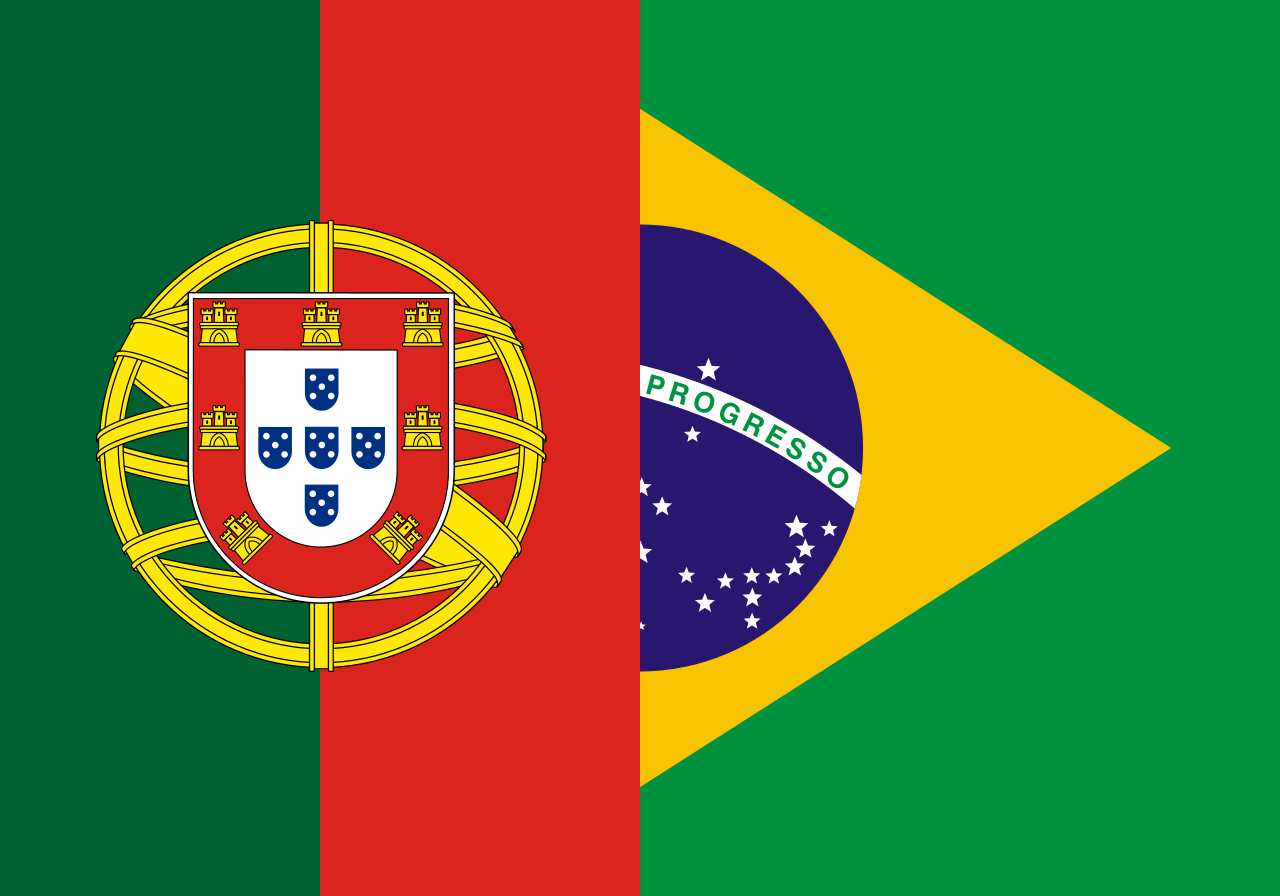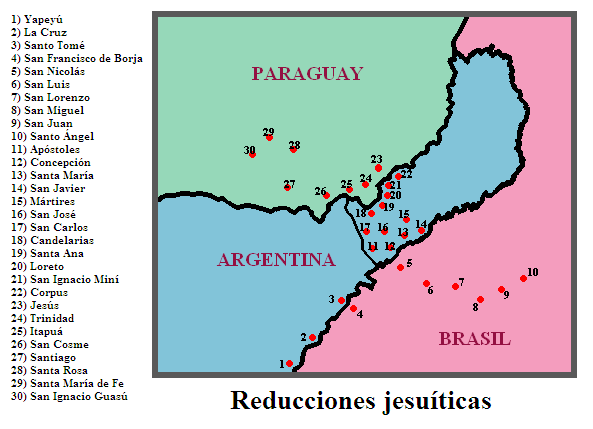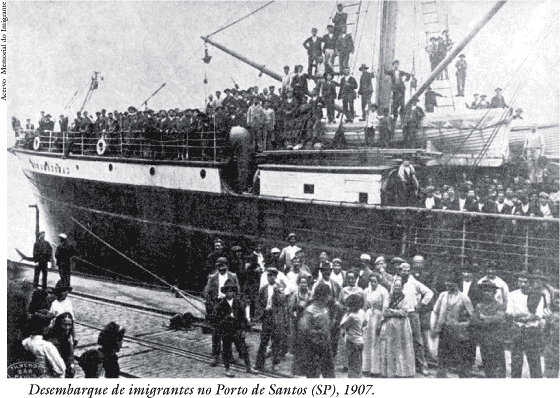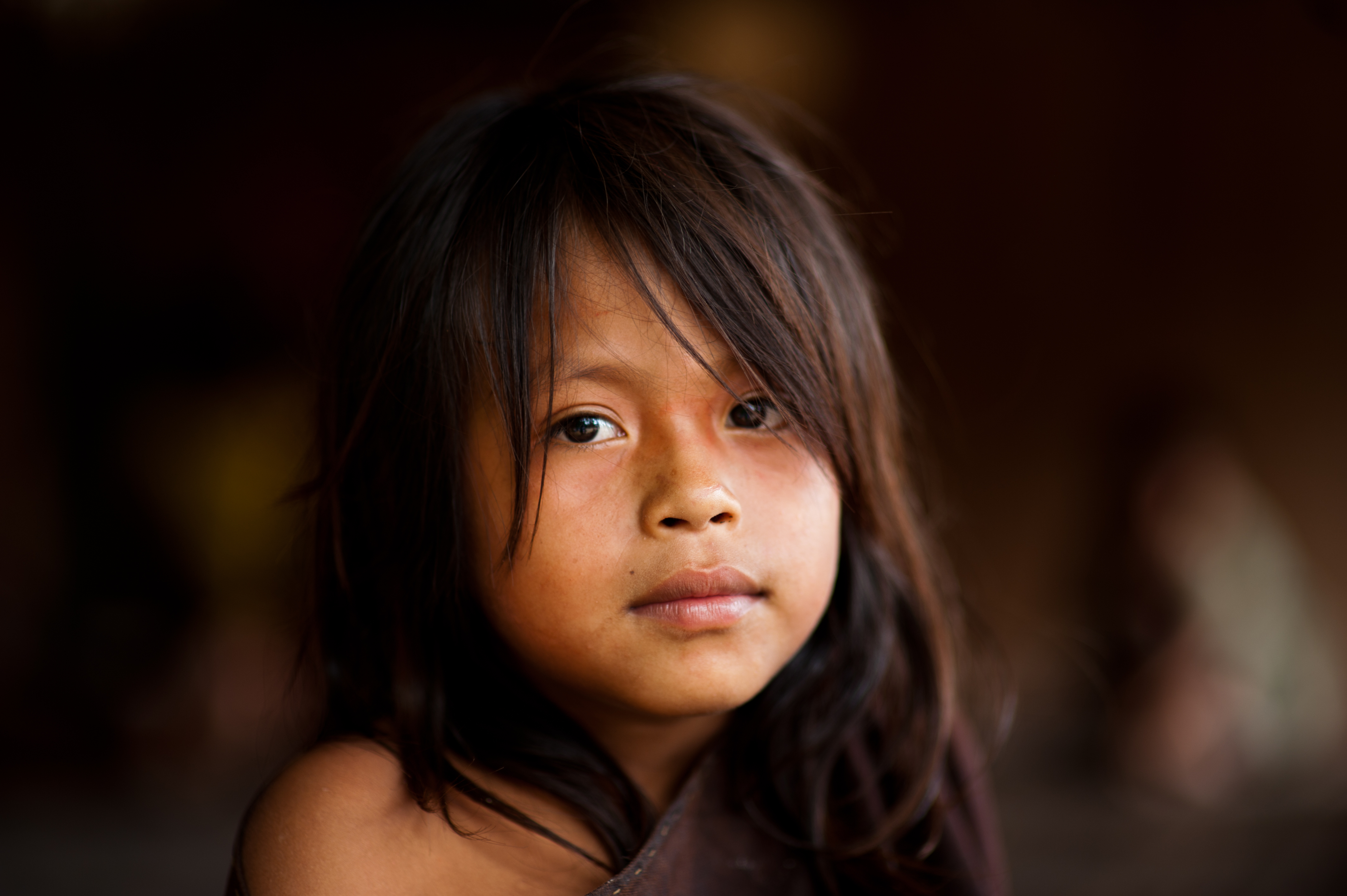The official language is Brazil is Brazilian Portuguese, a dialect of the language spoken in the European country which has colonized the vast territory in South America starting with the 16th century. However, when you think that the world’s 5th largest population in the world is a mix of Europeans, Africans, and indigenous people, it is easy to realize that Portuguese is not the only language ever heard on the territory of Brazil, although it is the only language used for business and administration. Keep on reading to find out more about most of the languages spoken in this tropical country, today or in the past.
Brazilian Portuguese
Portuguese affirmed itself as a national language by the end of the 18th century due to the growing number of Portuguese immigrants, who became the most important ethnic group in Brazil. Another factor that contributed to the widespread of Portuguese throughout the vast territory was the fact that the language’s consolidation in Brazil would help guarantee to Portugal the lands in dispute with Spain. The Portuguese language spoken in Brazil was influenced by waves of non-Portuguese-speaking immigrants in the later 19th century and early 20th century, coming from countries such as Italy, Spain, Poland, Germany, Lebanon, and Japan. This happened mostly in the three southernmost states (Paraná, Santa Catarina, and Rio Grande do Sul).
In its turn, Brazilian Portuguese is also divided into multiple dialects and regional variants, such as Caipira, Cearense, Baiano, Fluminense, Gaúcho, Mineiro, Nordestino, Nortista, Paulistano, Sertanejo, Sulista, Florianopolitano, Carioca, Brasiliense, Arco do desflorestamento, and Recifense – determined by the different regions where Brazilian Portuguese is being spoken.
Some aspects that differentiate Brazilian Portuguese from the mother language are loanwords, a different spelling, and different pronunciation.
The Brazilian Portuguese language is a strong element of Brazil’s national unity, and heritage languages are only maintained by pockets of immigrants.

Nheengatu language
Nheengatu language is an indigenous language of the Americas classified as part of the Tupi-Guarani language family. It originated in the 17th century Brazil as a lingua franca (lingua franca is a bridge language created to make communication possible between people who do not share a common native language).
Nheengatu language has been suppressed for many years, after Portuguese became the most prominent and widespread language in Brazil, but it regained some recognition in the last few years. There around 19,000 speakers in the world, although some sources estimates as many as 30,000. The language is spoken in the Upper Rio Negro region of the Amazonas state in Brazil, but also in some regions of Colombia and Venezuela. It is based on the language of the Tupi, an indigenous population which used to live along the northern Brazilian cost. Jesuits standardized the language, and they took vocabulary and pronunciation from the tupinambá dialect to include them into a Portuguese-based grammatical framework.
The language was dominant throughout Brazil in the 18th century and its decline was caused on the one hand by the imposition of Portuguese by the Marquis of Pombal in 1758 and by the expulsion of the Jesuits from Brazil a year later.
However, even today, in the Amazon Basin, political campaigning is still printed in Nheengatu, and the language is now an official language in the city of São Gabriel da Cachoeira.

Língua Geral Paulista
Língua Geral Paulista is an extinct language, also called Tupi Austral (Southern Tupi), and based on the Tupi language. It was the trade language of São Vicente, São Paulo, and the upper Tietê River. It was one of the main languages spoken in São Paulo until 1750, when Marquis de Pombal imposed Portuguese as the only language to be taught to Brazilian children in schools. The language lost ground to Portuguese and became extinct.
Classical Tupi
Also an extinct language, Tupi was spoken by the native Tupi people of Brazil, mostly by those living on the coastline. The language’s written history spans the 16th, 17th, and early 18th century. In spite of its literary usage, it was suppressed in the 18th century, and its only remains are represented by the Nheengatu language, presented earlier.
The language was adopted as lingua franca by many Luso-Brazilians, even if it was very different from Indo-European languages, as it developed under cultural and social conditions very different from the ones in Europe. In Tupi, all verbs were in the present tense, and they were conjugated only for person – the notions of mood and tense were completely absent. Adjectives could not be used alone, only accompanying a noun, and word order played an important role in the formation of meaning.
Indigenous languages
Other languages spoken in Brazil are represented by Amerindian minority languages, most common in the northern part of the country. The most common are Apalaí, Arara, Bororo, Canela, Carajá, Caribe, Guarani (also spoken in Paraguay), Kaingang, Nadëb, Nheengatu, Terena, Tucano and Xavante. Some of these languages have become co-official indigenous languages – Tukano and Baniwa in São Gabriel da Cachoeira, Guarani in Tacuru, and Akwê Xerente in Tocantínia.
European languages
European immigrant languages also played a major role in Brazil, at least in the past. German was one of the most enduring, compared to Italian. The 1940 Census revealed that two-thirds of the children of German immigrants spoke German at home, while only half of children of Italians continued to speak their native language at home. The difference must have been caused by the fact that German has fewer elements in common with Portuguese, while Italians, who speak a romance language, found it easier to assimilate Portuguese. Spanish speakers were quickly assimilated by the Portuguese-speaking majority due to the similarity between the two languages. Polish and Ukrainian continue to be spoken in small rural areas in the south of Brazil, but these communities are mostly bilingual. Immigrant languages like German and Italian are currently being reintroduced into the school curriculum in communities where they used to thrive, since they are no longer seen as a threat to national unity.

If you go to Brazil, however, a Brazilian Portuguese conversation guide should be just enough to make yourself understood!
You can read more about the languages spoken in Brazil here.

